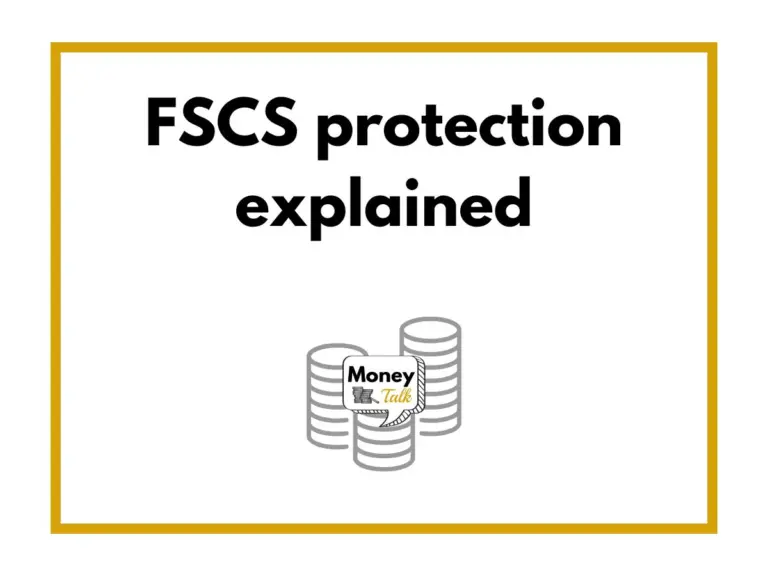How to complain effectively
Money Talk is intended to inform and educate; it's not financial advice. Affiliate links, including from Amazon, are used to help fund the site. If you make a purchase via a link marked with an *, Money Talk might receive a commission at no cost to you. Find out more here.
Brits love to complain – but usually only to their family and friends and not the people who can rectify the situation.
I think part of it is down to embarrassment; we don’t want to be seen to be making a fuss so we begrudgingly accept the situation.
But complaining is a good thing to do according to consumer rights and motoring expert Scott Dixon, who founded the website The Complaints Resolver and is the author of How To Complain*: The Consumer Guide to Resolve Complaints and Motoring Disputes.
“You are raising awareness of deficiencies within an organisation’s operations that they may not be aware of and giving them an opportunity to raise their game,” he says.
“After all, firms cannot put things right if we do not speak up.”
Here, Dixon explains how you can complain effectively and get results.
Seven tips for complaining effectively
- First of all, you need to act fast and try to complain on the same day if possible. Would a reasonable person consider your complaint to be valid? If not, don’t bother!
- Remain calm, polite and reasonable when you complain. Do not be rude or swear, as the staff can kill your complaint stone dead with support from the hierarchy.
- Stick to the facts and don’t stoop to personal insults on staff members, either in person or in writing.
- Try to avoid using the phone and stick to emails and letters where possible, as they provide written proof and a record of all events should you need to take matters further for a resolution. Telephone calls can muddy the waters and whatever was said can be denied without any proof.
- Maintain a timeline of events and keep your dialogue clear. Start any correspondence with a reference number if possible so the recipient can easily deal with your complaint.
- Always refer to your legal rights, quote legal jargon and use the correct and relevant legislation in any correspondence to focus the company’s minds and make them take you seriously.
- And finally, write your letters professionally using correct grammar and spelling. Anyone who cannot spell and use correct grammar will be seen in a poor light and will not be taken seriously by any company.
How to structure your complaint letter
When writing a complaint letter, it’s important to deliver your grievance succinctly and get straight to the point with no waffle.
Do not write ‘Without Prejudice’ in any of your correspondence as this means you cannot use it in court.
Here are some key things to include:
- Begin by outlining your (valid) grievance.
- Describe the timeline of events (bullet points are useful here) and perhaps mention that you were recommended to them, or that you are a loyal customer who has been happy with the service/prices/product over the years.
- Conclude by saying what you want as compensation to settle your dispute.
- Set a deadline for them to get back to you and state what your next step will be should you not hear from them by that date. A useful line to add is: “If I do not receive a satisfactory response within seven days, I will escalate it/proceed with court action without any further recourse to you”.
- Close your letters by “yours sincerely” if addressed to an individual, and “yours faithfully” if not.
Trading Standards, the Small Claims Court, regulatory and trade bodies, the media, and the ombudsman are prime examples of organisations to turn to when escalating a complaint and often bring a swift resolution to any dispute.
Be prepared to follow through with what you say though.
Also remember to keep copies of all correspondence and send it by recorded delivery, email with a read receipt or deliver by hand if possible.
And keep all recorded delivery receipts and printouts of who signed for each item, so you can refer to that individual if you need to follow up with more correspondence.
Escalating a complaint
Social media (particularly X) can provide a swift response and resolution in many cases.
If you cannot resolve your dispute with a firm that is a member of an ombudsman scheme, ask for a deadlock letter which confirms the trader’s final position.
Firms do not like cases being referred to an ombudsman as it costs them money.
If the firm is not a member of an ombudsman scheme, prepare a draft Small Claim online via MCOL (Money Claim Online), take screenshots and attach it to an email titled “Letter Before Action” stating that you will take your case to the Small Claims Court if you do not hear from them within seven days.
Add in all costs incurred (make sure you have receipts) to ensure you are not left out of pocket.
If you are not getting anywhere with the low hanging fruit in an organisation, take your complaint to the top table by emailing the CEO (CEOemail.com is a good place to find these).
The CEO is unlikely to read your complaint, although their escalated complaints resolution team will.
Pin this for later








